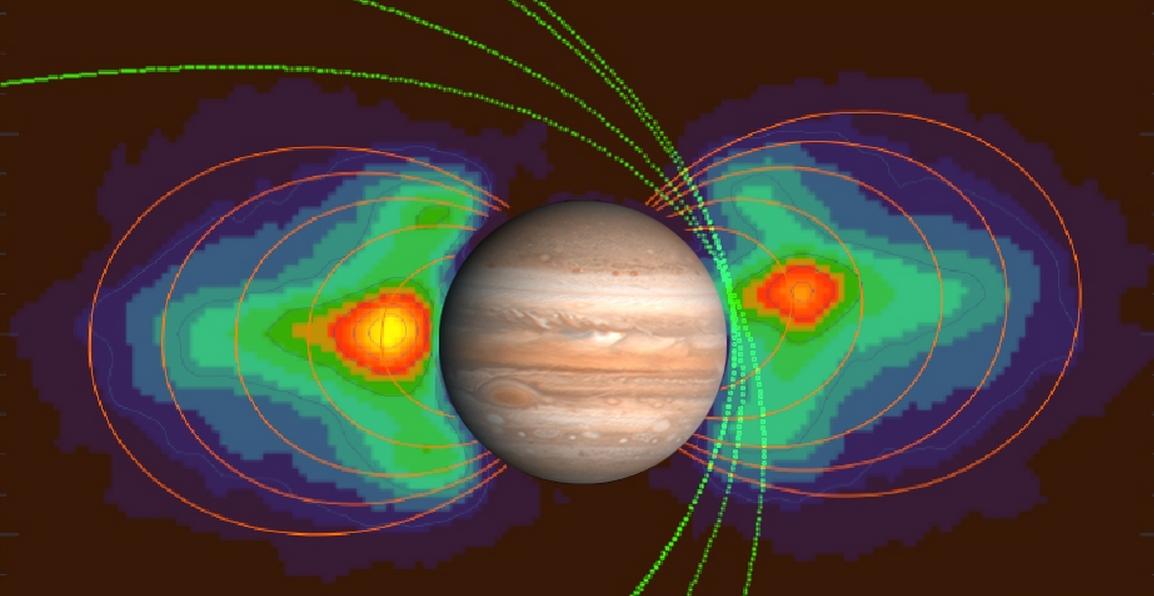|
Common Core State Standards
Mathematics: Expressions and Equations
(8.EE.c.7) Analyze and solve linear equations and pairs of simultaneous linear equations
(HS.Modeling) Graphing utilities, spreadsheets, computer algebra systems, and dynamic geometry software are powerful
tools that can be used to model purely mathematical phenomena as well as physical phenomena
(NGSS.MP.2) Reason abstractly and quantitatively
(NGSS.MP.4) Model with mathematics
(NGSS.HSN.Q.A.1) Use units as a way to understand problems and to guide the solution of multi-step problems;
choose and interpret units consistently in formulas; choose and interpret the scale and the origin in graphs and data displays
ELA/Literacy
(RTS.11-12.1) Cite specific textual evidence to support analysis of science and technical texts, attending to important
distinctions the author makes and to any gaps or inconsistencies in the account.
(RTS.11-12.2) Determine the central ideas or conclusions of a text; summarize complex concepts, processes, or
information presented in a text by paraphrasing them in simpler but still accurate terms.
|
Next Generation Science Standards
Science and Engineering Practices
(HS-PS2-1) Analyze data using tools, technology or models (computational, mathematical) in order
to make valid and reliable scientific claims
(HS-ESS1-1) Develop a model based on evidence to illustrate the relationships between systems or components of a system
(HS-ESS1-2) Construct an explanation based on valid and reliable evidence obtained from a variety
of sources including students own investigations, theories, simulations and peer review
(MS-ESS1-3) Analyze and interpret data to determine scale properties of objects in the solar system.
[Clarification Statement: Emphasis is on the analysis of data from Earth-based instruments, space-based telescopes,
and spacecraft to determine similarities and differences among solar system objects. Examples of scale properties include
the sizes of an object’s layers (such as crust and atmosphere), surface features (such as volcanoes), and orbital radius.
Examples of data include statistical information, drawings and photographs, and models.]
|
|
Individual Math Challenges
 Problem 568: Ios Volcanoes and Resurfacing
Students examine how volcanic activity on Jupiters satellite Io can lead to fresurfacing the entire moon in
less than a million years covering all new craters. [Grade: 6-8 | Topics: Surface area of a sphere; rates; scientific notation]
Problem 568: Ios Volcanoes and Resurfacing
Students examine how volcanic activity on Jupiters satellite Io can lead to fresurfacing the entire moon in
less than a million years covering all new craters. [Grade: 6-8 | Topics: Surface area of a sphere; rates; scientific notation]
[Problem Page]
 Problem 472: Investigating Juno's Elliptical Transfer Orbit
Students use the Standard Formula for an ellipse to study the elliptical orbit of the Juno spacecraft, and relate specific properties
of the ellipse to features of the spacecrafts trajectory such as aphelion, perihelion, and ellipticity. [Grade: 9-12 | Topics: formula
for an ellipse; semi-major and minor axis]
Problem 472: Investigating Juno's Elliptical Transfer Orbit
Students use the Standard Formula for an ellipse to study the elliptical orbit of the Juno spacecraft, and relate specific properties
of the ellipse to features of the spacecrafts trajectory such as aphelion, perihelion, and ellipticity. [Grade: 9-12 | Topics: formula
for an ellipse; semi-major and minor axis]
[Problem Page]
 Problem 471: Investigating the Launch of the Juno Spacecraft
Students use a series of images from a launch video to determine the scale of each image and determine the speed
of the rocket as it leaves the gantry. [Grade: 6-8 | Topics: scale models; speed = distance/times]
Problem 471: Investigating the Launch of the Juno Spacecraft
Students use a series of images from a launch video to determine the scale of each image and determine the speed
of the rocket as it leaves the gantry. [Grade: 6-8 | Topics: scale models; speed = distance/times]
[Problem Page]
 Problem 135 How Big is It? - Io and Jupiter
Students work with an image taken by the Cassini spacecraft of Jupiter and its satellite Io. They determine the image scale, and
calculate the sizes of various features in the image. [Grade: 4 - 7 | Topics:image scaling; multiply, divide, work with millimeter ruler]
Problem 135 How Big is It? - Io and Jupiter
Students work with an image taken by the Cassini spacecraft of Jupiter and its satellite Io. They determine the image scale, and
calculate the sizes of various features in the image. [Grade: 4 - 7 | Topics:image scaling; multiply, divide, work with millimeter ruler]
[Problem Page]
 Solar Electricity for a New Spacecraft
Students explore how solar panels provide the nearly 500 watts of electricity to power its many instruments
with three solar panels. [Grade: 4 - 7 | Topics:area; unit conversion]
Solar Electricity for a New Spacecraft
Students explore how solar panels provide the nearly 500 watts of electricity to power its many instruments
with three solar panels. [Grade: 4 - 7 | Topics:area; unit conversion]
[Problem Page]
 Investigating the Elliptical Orbit of Juno around Jupiter
Students work with the equation for an ellipse to determing the spacecraft's orbit equation and from this determine
the period of the orbiot using Keplers Third Law [Grade: 9 - 12 | Topics:algebra; trigonometry]
Investigating the Elliptical Orbit of Juno around Jupiter
Students work with the equation for an ellipse to determing the spacecraft's orbit equation and from this determine
the period of the orbiot using Keplers Third Law [Grade: 9 - 12 | Topics:algebra; trigonometry]
[Problem Page]
|
More Math Challenges
 Problem 470: The Launch of the Juno Spacecraft - Ascent to orbit
Students use tabulated altitude and range data following the launch of the Juno mission, to determine the speed
of the rocket as it travels to arth orbit. [Grade: 6-8 | Topics: scale models; speed = distance/time]
Problem 470: The Launch of the Juno Spacecraft - Ascent to orbit
Students use tabulated altitude and range data following the launch of the Juno mission, to determine the speed
of the rocket as it travels to arth orbit. [Grade: 6-8 | Topics: scale models; speed = distance/time]
[Problem Page]
 Problem 469: Solar Energy and the Distance of Juno from the Sun
Students use the formula for an ellipse, along with the inverse-square law to create a mathematical model that predicts the
declining solar power produced by Junos solar panels as the spacecraft travels from Earth to Jupiter. [Grade: 9-12 | Topics: algebra;
trigonometry; distance formula]
Problem 469: Solar Energy and the Distance of Juno from the Sun
Students use the formula for an ellipse, along with the inverse-square law to create a mathematical model that predicts the
declining solar power produced by Junos solar panels as the spacecraft travels from Earth to Jupiter. [Grade: 9-12 | Topics: algebra;
trigonometry; distance formula]
[Problem Page]
 The Speed of the Juno Spacecraft
Students use formulae for the distance and speed of the Juno spacecraft to determine the speed as a function of
angular position along the orbit. [Grade: 9-12 | Topics: algebra;
trigonometry; algebraic formula; parametric equations]
The Speed of the Juno Spacecraft
Students use formulae for the distance and speed of the Juno spacecraft to determine the speed as a function of
angular position along the orbit. [Grade: 9-12 | Topics: algebra;
trigonometry; algebraic formula; parametric equations]
[Problem Page]
 Investigating the Radiation Belts around Jupiter
Students use formula for the radiation intensity along the spacecraft orbit to determine the total radiation dose of the spacecraft by
adding up the area under the curve through approximations. [Grade: 9-12 | Topics: algebra;
trigonometry; algebraic formula]
Investigating the Radiation Belts around Jupiter
Students use formula for the radiation intensity along the spacecraft orbit to determine the total radiation dose of the spacecraft by
adding up the area under the curve through approximations. [Grade: 9-12 | Topics: algebra;
trigonometry; algebraic formula]
[Problem Page]
|



